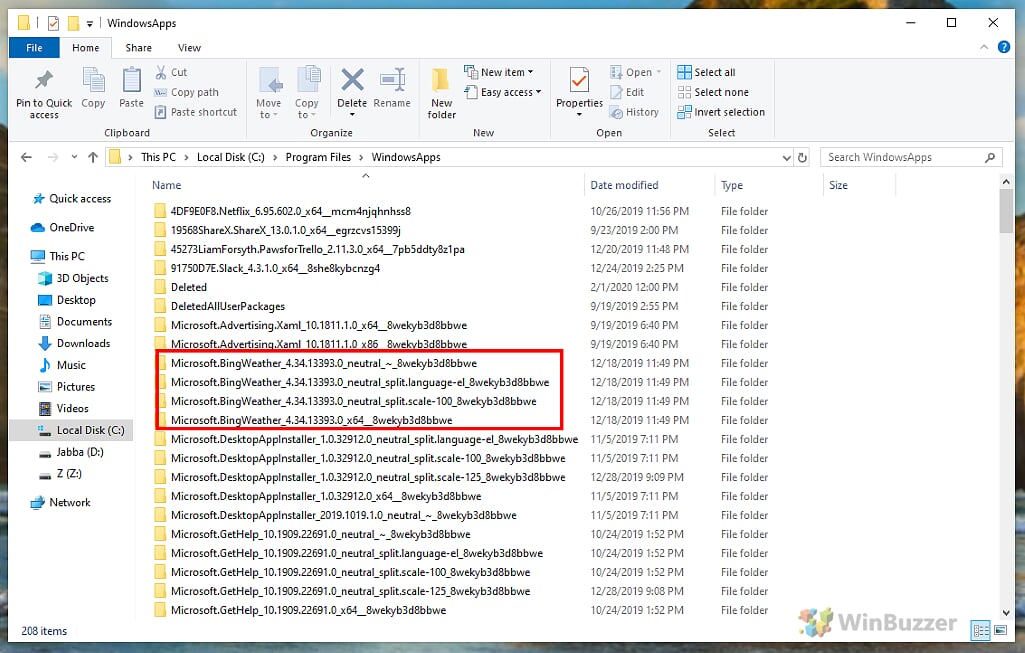
The app does not appear in the list or if it appears it is only the latest version. My WindowsApps folder is only ~400MB, and I can't be bothered to trim that.I have tried some of the commands you have listed.

What is annoying is how multiple versions seem to hang about in the folder, no matter how many times one runs the built-in cleaup process, or uses DISM commands. There are a number of (often Powershell-based) tools out there to help you, I have tried some but can't recommend any, as I have not tested them that much, I have done it the hard way. There will (I think) always be something left in that folder.

If it is not installed for anyone, it will (may) eventually disappear of its own accord from the WindowsApps folder. This operation prevents the app re-installing for new users. Remove-AppxProvisionedPackage -online -packagename īut note that the command does not take wildcards as easily as the Get-AppxPackage command (the must be the full package name). These can be de-provisioned with something like : Get-AppxProvisionedPackage -online | select packagename To find out which apps are provisioned (ready to be installed for new users), use Once the app is not installed for any user (and that can be tricky), one can 'de-provision' it. Get-AppxPackage *zunemusic* | Remove-AppxPackageīut that only uninstalls (despite the name of the command), it does not remove from disk. To remove apps (packages) that are amenable, there are two steps:įirst one must uninstall (for the current user) with something like Many of these are services and other things one should not interfere with. I have removed everything I can (in the past, new rubbish may have appeared since), but there are still 121 (yes, one hundred and twenty one) apps listed.

Get-AppxPackage -allusers * | Select Name, PackageFullName Firstly, to see all the available apps, you must run Powershell as an administrator:

What follows is only an extract from the enormous amount of information on the links already provided by others. I can only touch on it here, as it is complex, and it appears MS does not want you, the ordinary user, messing about - or they would have made it easier.


 0 kommentar(er)
0 kommentar(er)
